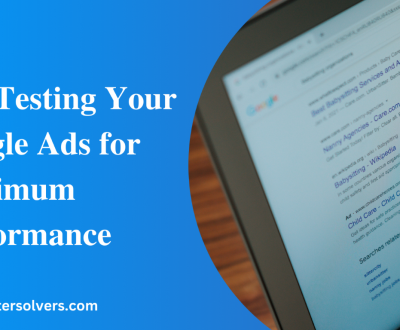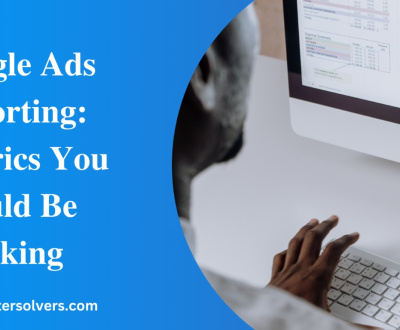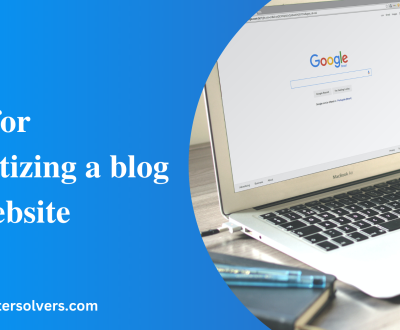Google Ads Campaign Structure: Best Practices
Introduction
Google Ads is a powerful tool for businesses of all sizes to reach their target audience and drive conversions. But, in order to get the most out of your advertising budget, it’s important to have a well-structured campaign. The right campaign structure can help you improve ad relevancy, increase click-through rates, and ultimately drive more conversions.
In this article, we’ll cover the best practices for structuring your Google Ads campaigns. We’ll look at ad group organization, keyword selection, and campaign settings. By following these best practices, you’ll be able to create effective campaigns that deliver results.

Ad Group Organization
Ad group organization is an essential part of your Google Ads campaign structure. It’s important to group your ads and keywords in a way that makes sense for your business and target audience. Here are some best practices to follow:
1. Create Specific Ad Groups
Instead of creating one ad group for all of your keywords, break them down into specific groups. This will help you create ads that are more relevant to your target audience. For example, if you sell clothing, create separate ad groups for men’s clothing, women’s clothing, and children’s clothing.
2. Use Broad Match Modifiers
When selecting keywords for your ad groups, use broad match modifiers. This will help you capture a wider range of search queries while still maintaining relevancy. For example, if you sell office supplies, use the keyword “+office +supplies” instead of “office supplies.”
3. Limit Keywords per Ad Group
Don’t overcrowd your ad groups with too many keywords. Limit the number of keywords to around 15-20 per ad group. This will help you create more targeted ads and improve ad relevancy.
Keyword Selection
Keyword selection is another important part of your Google Ads campaign structure. By selecting the right keywords, you’ll be able to reach your target audience and drive more conversions. Here are some best practices to follow:
1. Use Keyword Planner
Use Google’s Keyword Planner tool to find relevant keywords for your business. This tool will help you identify keywords that are highly searched for and have low competition.
2. Choose Relevant Keywords
Select keywords that are relevant to your business and target audience. This will help you create ads that are more targeted and improve ad relevancy.
3. Avoid Broad Match Keywords
Avoid using broad match keywords as they can result in irrelevant ad placements. Instead, use phrase match or exact match keywords to improve ad relevancy.
Campaign Settings
Campaign settings are an important part of your Google Ads campaign structure. By optimizing your campaign settings, you’ll be able to reach your target audience and drive more conversions
1. Set a Budget
Set a budget for your campaign and allocate it accordingly. This will help you control your advertising spend and ensure that your ads are running within your budget.
2. Set a Geographic Location
Select the geographic location where you want your ads to appear. This will help you reach your target audience in a specific area and improve ad relevancy.
3. Choose Ad Placement
Choose where your ads will appear, whether it’s on the Google Search Network or the Google Display Network. This will help you target your audience more effectively and improve ad relevancy.
FAQs
1. What is the best ad group structure?
The best ad group structure is one that is specific and relevant to your business and target audience. Break down your ad groups into specific categories and use broad match modifiers to capture a wider range of search queries.
2. How many keywords should I use per ad group?
Limit the number of keywords per ad group to around 15-20. This will help you create more targeted ads and improve ad relevancy.
3. How do I choose the right keywords?
Use Google’s Keyword Planner tool to find relevant keywords for your business. Choose keywords that are highly searched for and have low competition, and are relevant to your business and target audience.
Conclusion
In conclusion, structuring your Google Ads campaign correctly is crucial to its success. By following these best practices, you’ll be able to create effective campaigns that deliver results. Remember to focus on ad group organization, keyword selection, and campaign settings to improve ad relevancy and reach your target audience. With these best practices, you’ll be able to create successful campaigns that drive conversions and grow your business.
The author is the owner and admin of the blog MasterSolvers.com. He is an Engineer by Profession, Designer, Developer, and Internet Marketer by Choice. He loves to read and write about SEO and Latest Tips and Tricks for Digital Marketing.
About us and this blog
We are a digital marketing company with a focus on helping our customers achieve great results across several key areas.
Request a free quote
We offer professional SEO services that help websites increase their organic search score drastically in order to compete for the highest rankings even when it comes to highly competitive keywords.










